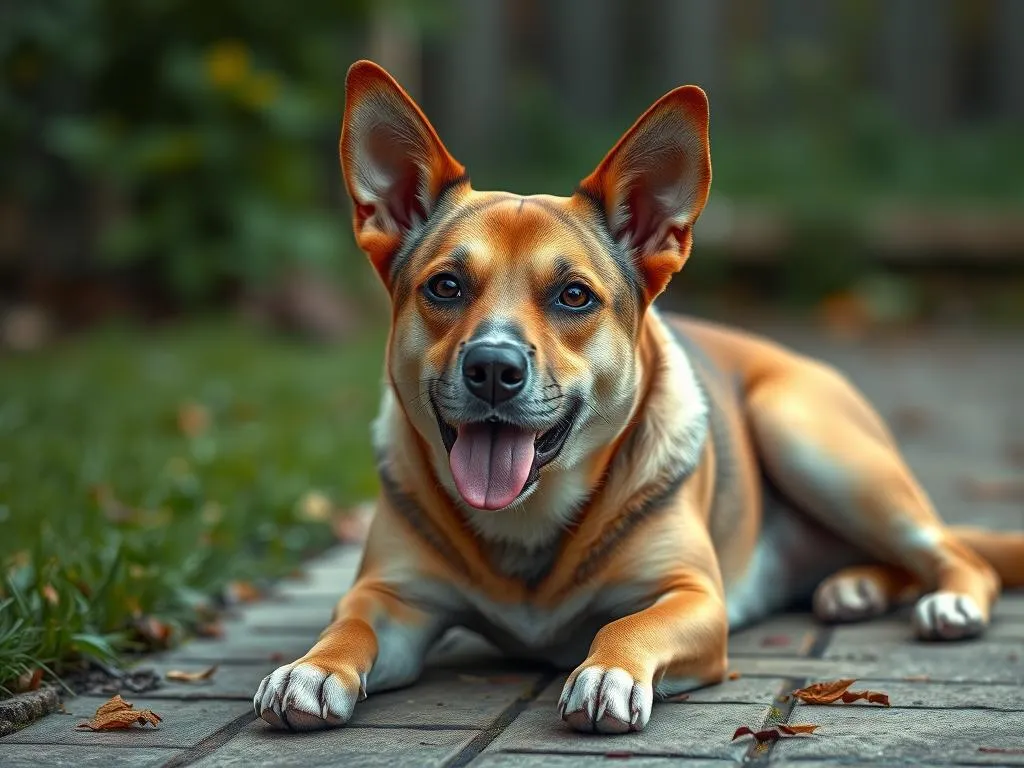
Understanding your dog’s behavior is essential for fostering a strong bond and ensuring their well-being. One behavior that often raises questions among pet owners is leg licking. If you’ve found yourself wondering, “why does my dog lick my legs?”, you’re not alone. This behavior can stem from various motivations, and recognizing the reasons behind it is crucial for addressing any underlying issues.
In this article, we will delve into the various aspects of dog behavior, explore the reasons why dogs lick human legs, discuss when this behavior may become problematic, and offer strategies for prevention and management. By the end, you will have a better understanding of your dog’s actions and how to respond appropriately.
Understanding Dog Behavior
The Basics of Canine Behavior
Dogs are social animals with complex instincts and social structures. Understanding these basics can provide insight into their behavior. In the wild, dogs communicate through a variety of signals, including vocalizations, body language, and physical contact. As domesticated animals, dogs have adapted these communication methods to interact with humans, making it essential for owners to learn to interpret their pets’ signals.
Body Language and Signals
Dogs use body language as a primary form of communication. Common signals include tail wagging, which often indicates excitement or happiness, and ear positioning, which can reflect a dog’s mood. Licking is also a vital part of this communication toolkit. When your dog licks your legs, it can convey various emotions, including affection, curiosity, or even stress.
Reasons Why Dogs Lick Human Legs
Affection and Bonding
One of the primary reasons dogs lick human legs is to express affection and strengthen the bond they share with their owners. Just as puppies lick their mothers to show love and seek comfort, adult dogs often use licking to communicate their affection. Your dog may be trying to tell you, “I love you” or “I feel safe with you.”
Physical contact, such as cuddling or petting, is another way dogs show love. If your dog frequently licks your legs, it may simply be their way of seeking closeness and connection.
Seeking Attention
Dogs are adept at learning how to get their owners’ attention, whether it be positive or negative. If your dog licks your legs and you respond, even if it’s just to say “no,” they may interpret this as a successful interaction. This attention-seeking behavior can become habitual, leading your dog to lick more often when they desire your focus.
It’s essential to differentiate between positive and negative attention-seeking behavior. While your dog might enjoy the interaction, it could lead to unwanted habits if not managed effectively.
Exploration and Curiosity
Dogs explore their environment primarily through their senses, particularly taste and smell. Licking is a natural part of this exploratory behavior. If your dog licks your legs, they might be gathering information about you, your scent, or even the environment around you. This behavior is especially common in younger dogs who are still learning about their surroundings.
Stress and Anxiety Relief
For some dogs, licking can serve as a coping mechanism for stress and anxiety. This compulsive behavior may arise from various triggers, including changes in routine, loud noises, or unfamiliar surroundings. If your dog seems to lick your legs excessively, it may be a sign that they are experiencing discomfort or anxiety.
Signs that licking may indicate stress or anxiety include other behaviors such as panting, pacing, or hiding. Recognizing these signs is crucial for addressing your dog’s emotional well-being.
Medical Issues
In some cases, excessive licking can signal underlying medical problems. Conditions such as allergies, skin irritations, or infections may cause discomfort, prompting your dog to lick the affected area. If you notice that your dog is licking your legs more than usual or if their skin appears irritated, it’s essential to consult a veterinarian. Early detection and treatment can prevent more serious health issues from developing.
When Licking Becomes a Problem
Identifying Excessive Licking
While occasional licking is normal, excessive licking can become problematic. To determine when licking is excessive, look for the following criteria:
- Frequency: If your dog licks your legs constantly or for prolonged periods.
- Intensity: If the licking is forceful or seems compulsive.
- Duration: If your dog licks for extended periods without stopping.
- Associated behaviors: If licking is accompanied by other signs of stress or discomfort.
If you notice these behaviors, it may be time to explore solutions.
Behavioral Solutions
Redirecting licking behavior to more appropriate actions can help manage the issue. Here are a few tips:
- Positive Reinforcement: Reward your dog for engaging in alternative behaviors, such as playing with a toy or relaxing in their bed.
- Training Commands: Teach your dog commands such as “leave it” or “down” to help manage their licking behavior.
- Distraction: Provide engaging activities, such as puzzle toys or interactive games, to keep your dog occupied and reduce licking.
Professional Help
If the licking persists and you are unsure of how to proceed, seeking help from a professional dog trainer or behaviorist can be beneficial. They can assess your dog’s behavior and provide tailored solutions. Potential therapeutic strategies may include behavior modification techniques and training exercises designed to reduce anxiety and improve focus.
Prevention and Management
Creating a Calm Environment
A stable and calm environment is crucial for reducing anxiety triggers in your dog. Here are some tips to help create a soothing atmosphere:
- Routine: Establishing a consistent daily routine can provide your dog with a sense of stability and predictability.
- Safe Space: Designate a quiet area where your dog can retreat when feeling overwhelmed, complete with their bed, toys, and water.
Engaging Activities
Keeping your dog mentally and physically stimulated can reduce unwanted licking behavior. Here are some engaging activities to consider:
- Interactive Toys: Toys that require problem-solving or physical engagement can keep your dog occupied and mentally stimulated.
- Training Sessions: Regular training sessions not only improve your dog’s behavior but also strengthen your bond.
- Outdoor Adventures: Regular walks, hikes, or playtime in a safe area can help expend excess energy and reduce anxiety.
Regular Vet Check-ups
Routine veterinary care is essential for maintaining your dog’s health and well-being. Regular check-ups can help identify potential medical issues before they escalate. By discussing any behavioral changes, such as excessive licking, with your vet, you can ensure your dog receives appropriate care.
Conclusion
Understanding why your dog licks your legs is a vital aspect of responsible pet ownership. Whether it’s a sign of affection, an attention-seeking behavior, a form of exploration, or a response to stress, recognizing the underlying motivations can help you address the behavior effectively.
By implementing strategies for prevention and management, you can foster a healthy and positive relationship with your furry friend. Remember, observing and understanding your dog’s behavior is key to building a strong bond and ensuring their emotional well-being.
FAQs
Is it normal for dogs to lick their owners?
Yes, it is normal for dogs to lick their owners as a sign of affection and bonding. However, if the licking becomes excessive, it may require further investigation.
How can I stop my dog from licking my legs?
To stop your dog from licking your legs, redirect their behavior using positive reinforcement, train commands to manage the licking, and provide engaging activities to keep them occupied.
What should I do if my dog licks excessively?
If your dog licks excessively, assess the behavior for signs of stress or medical issues. Consult a veterinarian if you suspect a health problem or seek guidance from a professional dog trainer or behaviorist.
Can licking be a sign of a health issue?
Yes, excessive licking can indicate underlying health issues such as allergies, skin irritations, or infections. It’s important to consult a veterinarian if you notice unusual licking behavior.
How do I differentiate between affectionate licking and compulsive licking?
Affectionate licking is usually gentle and occurs in moments of bonding, while compulsive licking is often excessive, intense, and may be accompanied by signs of stress or discomfort. Monitoring your dog’s overall behavior can help you make this distinction.









